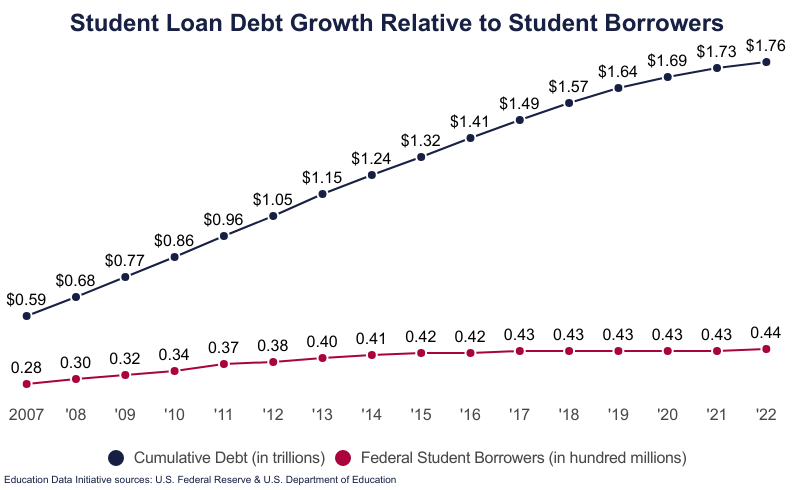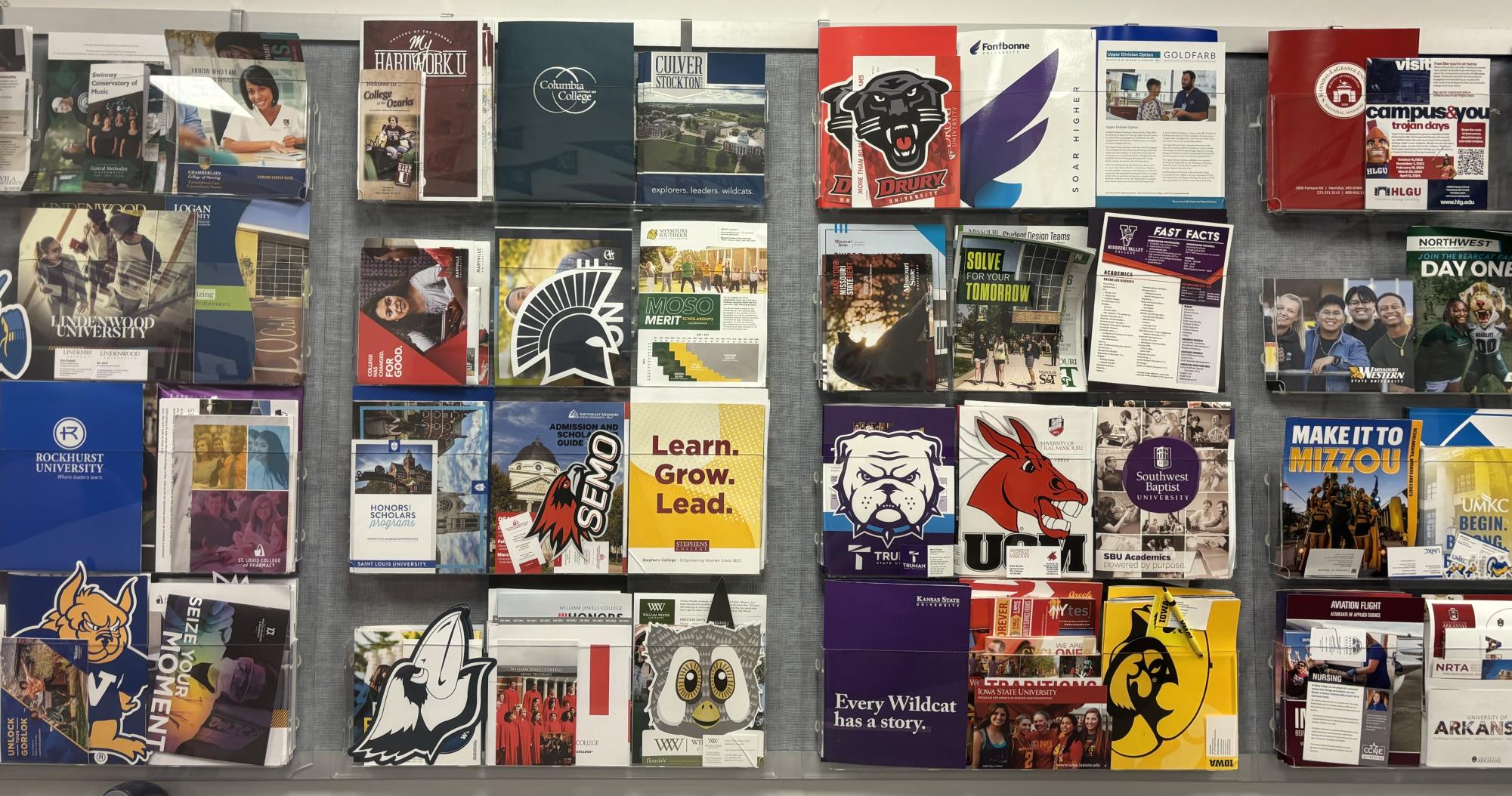College is one of the biggest expenses in young peoples’ lives. It can cost hundreds of thousands of dollars at the end of those four years, depending on which school a student attends. According to the U.S. News and World Report, the price of college has increased about 44% on average in the last 20 years, adjusted for inflation. In 2004 the average cost to go to an in-state public school was $4,633, compared to now, where it’s almost $12,000 and a public out-of-state school went from $12,404 to $28,217.
The significant rise in public higher education poses a problem to many high school students throughout the U.S. College tuition has spiked, but wages haven’t followed. The average yearly income in 2022 was $63,795, based on information from the Social Security Administration, with the tax rate being around 24.8%, according to the OECD (The Organization for Economic Cooperation and Development). After monthly utility bills, which Forbes states are $429.33 on average, the spendable income of the average American was $40,885.53. With most out-of-state schools being at least half of that, and frequently more, a student’s options can be very limited.
Mrs. Angela Greminger, the AP Spanish teacher at Liberty, shared her own opinion as to why this is a problem. “It’s an issue because students will often have to take on a significant amount of student loan debt in order to be able to attend a four-year college,” Greminger said.
Student debt is an extremely popular and talked-about topic. Approximately 44% of all American adults, or 113,652,000 people, have outstanding student debt, as specified by the Education Data Initiative with 20% of those acquired outstanding debt from getting an undergraduate degree and 24% from getting a postgraduate degree, such as their masters or a PhD. Outstanding debt means that the borrower still has money they need to pay off. The average student borrower takes 20 years to pay off their student loan debt, according to the Education Data Initiative.
Enlarge

The Education Data Initiative
Student debt is widely accepted as unavoidable. Even if it’s only a small amount, it’s very common. “It’s kind of a sad truth, but I don’t know anyone that’s gone to a learning institution, no matter the price, and not left without debt,” said Charles Giraud, a sophomore who has been planning for college since his freshman year. Most of Giraud’s top schools are private institutions, meaning that they are likely to be much more expensive. He sympathizes with students across the country and understands how overwhelming college and its expenses can be. “I feel it was always daunting, but over time I have come to realize that is how college works,” he said.
I feel it was always daunting, but over time I have come to realize that is how college works.
— Charles Giraud (10)
However, many people, including Giraud and other students at Liberty, believe that the way college works reveals a lot of larger issues in the United States’ education system. “The larger price of higher education reveals a problem in our education system because it really divides the high income individuals from the middle and low income individuals,” Giraud said. “It shows that higher education in the United States is a privilege for the select few.”
In an article on why college prices are rising, reporter Nicole Goodkind said in CNN Business that “competition for the richest families is driving up costs.” The article continues by explaining that while for the rest of the nation, outrageous college prices are a serious issue, for the wealthy, it’s not a problem. Richer families can and will pay whatever price tag is on the most prestigious schools, which makes it difficult for lower income families to compete with them.
College prices are an issue for many students, but that doesn’t mean there aren’t any solutions. Things like the A+ Program, which provides students with two free years at St. Charles Community College, and Dual Enrollment help students cut down on some of the costs of college. Other options, such as trade school, have also become more popular. Luckily for the students at Liberty, all of these alternatives to paying the high price of college are easily accessible.



